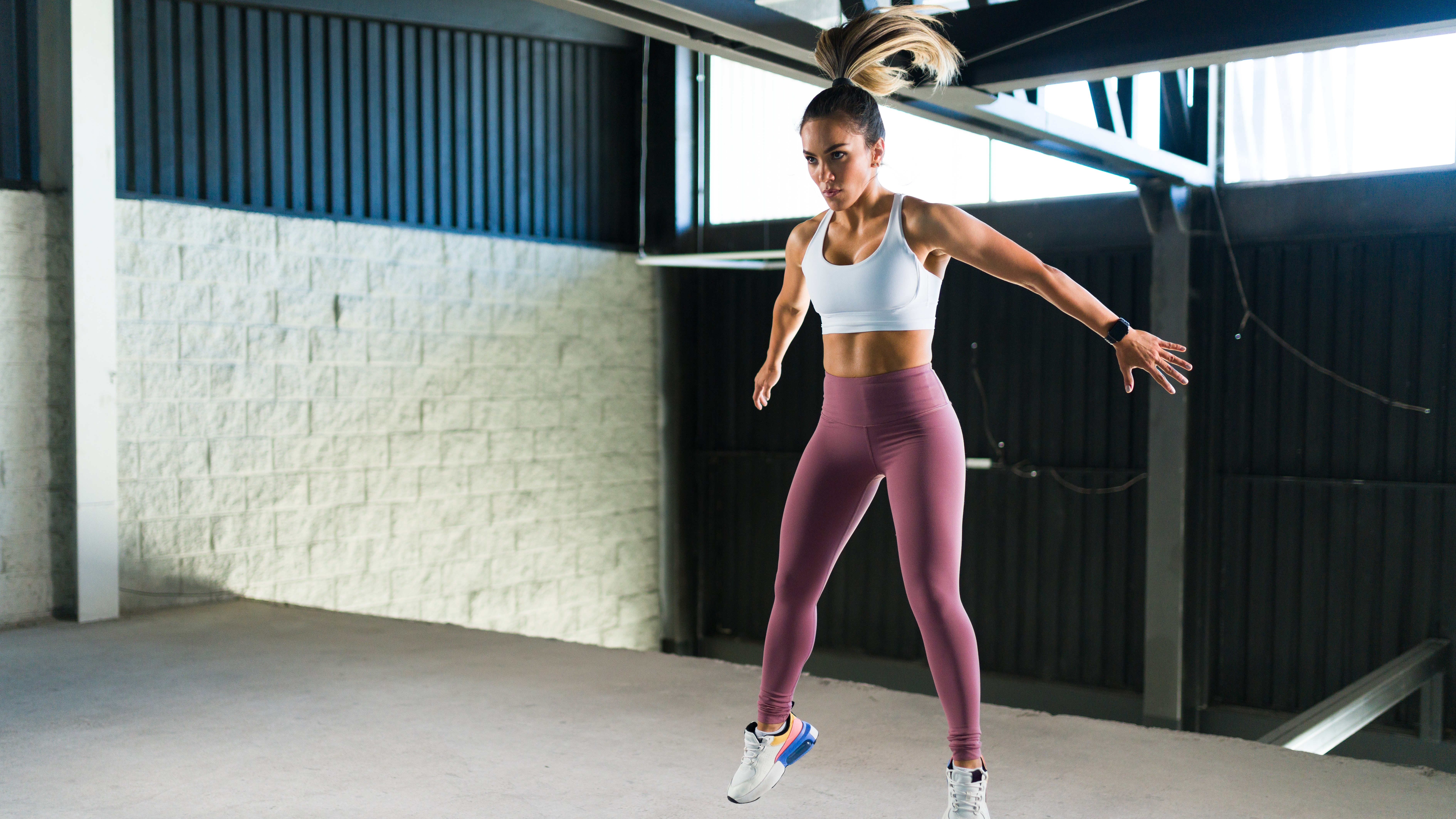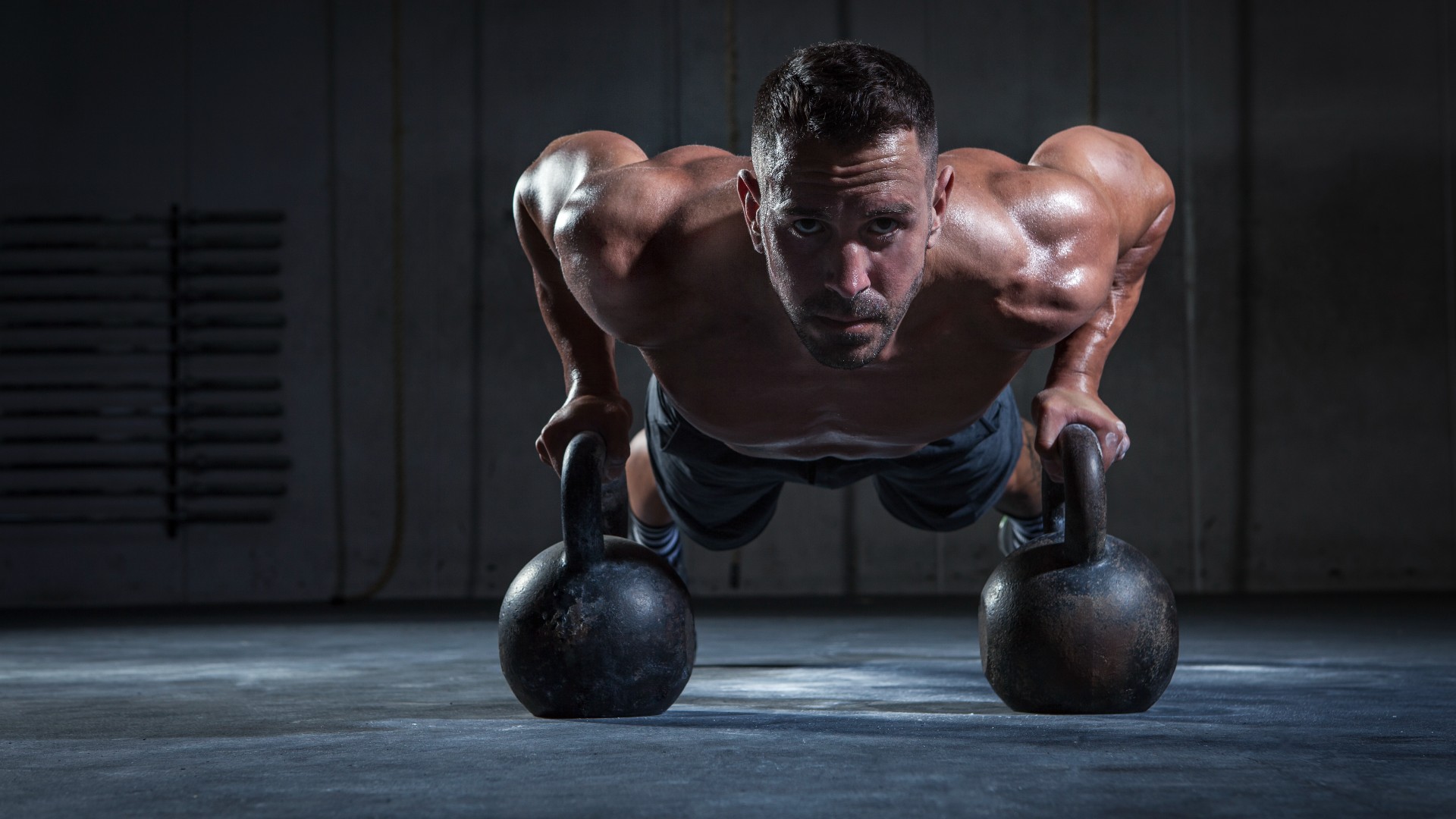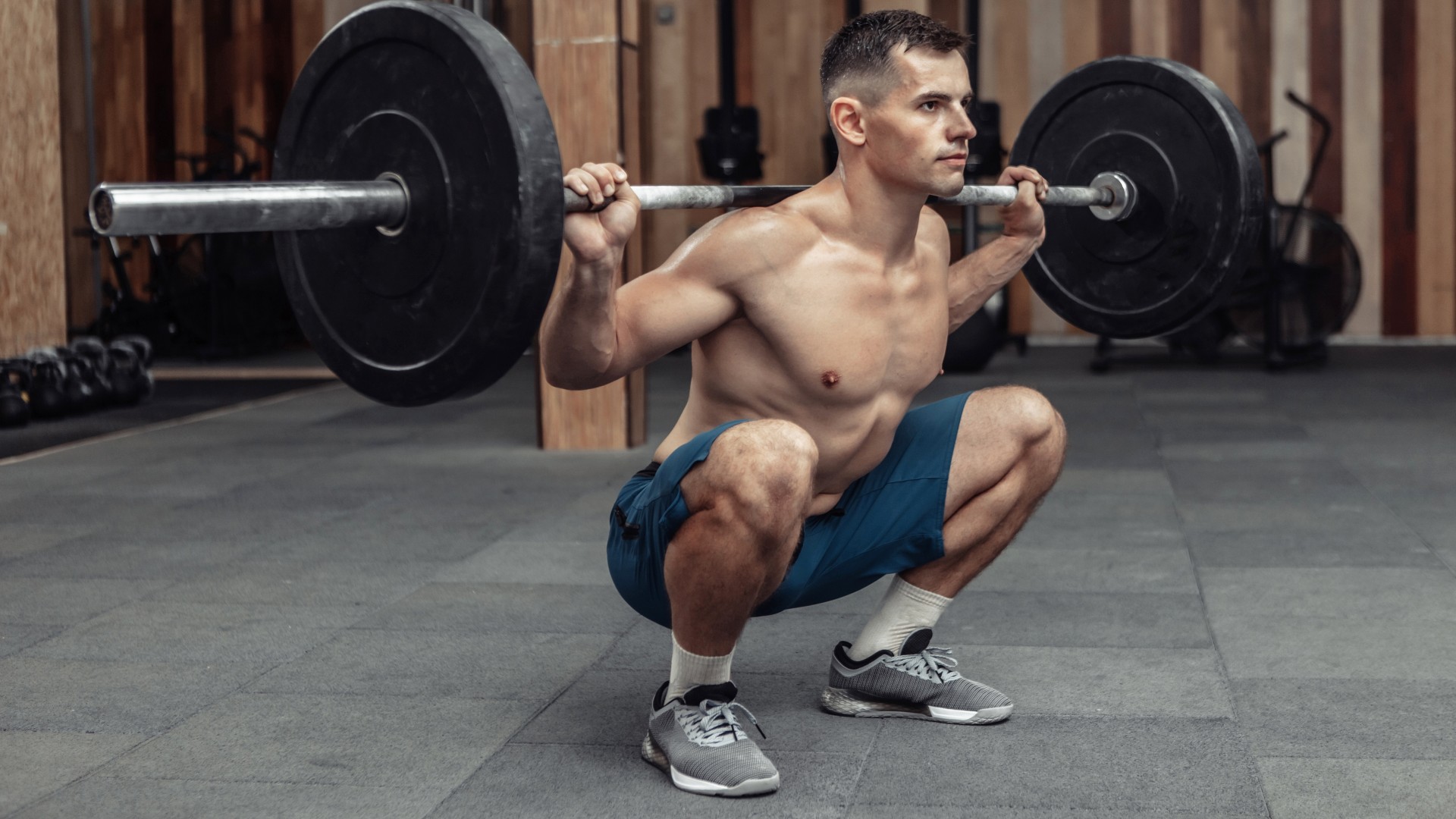
Blend strength training and high-intensity interval training and you’ve pretty much got Metabolic Resistance Training (MRT). The exercise style is designed to boost your metabolism and accelerate calorie burn post-workout, and the benefits extend beyond the immediate impact on your metabolic rate.
Below, we cover the basics of MRT, the benefits, potential drawbacks and how to try MRT for yourself.
What is Metabolic Resistance Training?

We’re busy people, and shoehorning exercise into the week can be challenging enough as it is. But when you like to engage in different activities, finding the time becomes even more of a juggle. MRT is a great way to combine strength training with high-intensity cardio to get the best of both in one session.
Squeeze the juice from the lemon, as they say.
While strength or resistance training focuses on traditional weightlifting to build strength or muscle (read: strength training vs hypertrophy principles), HIIT can incorporate weights but, as the name suggests (high-intensity interval training), is a more intense form of cardio that raises your heart rate with bursts of exercise and short intervals.
The gold star in doing both, MRT can act as a cardio and strength hybrid by pairing resistance exercises with low rest. Training like this can help boost cardio fitness, improve metabolic efficiency, aid fat loss and build muscle mass.
Benefits of Metabolic Resistance Training
Exercise has many benefits; you can get stronger, build muscle, lose fat, improve cardio fitness and improve mental wellbeing, for example. Fat loss targeted workouts can aid weight loss, but it’s worth a reminder that weight loss isn’t solely achieved in the weights room or the gym.
Think of workouts as one tool, alongside the role diet plays and factors like managing stress and sleep. While MRT can help you burn fat and build muscle, body composition is partly governed by genetics and largely by your lifestyle.
What we love about MRT is its ability to kickstart a process called EPOC — Excess Post-Exercise Oxygen Consumption, or the 'afterburn.' Post-workout, your body will consume a higher rate of oxygen to help return your body to balance, which boosts the metabolism and zips through more calories for a short period after you’ve stopped moving.
Some experts say this can last up to 48 hours, but it’s thought the real figure sits somewhere between 12 to 24 hours.

MRT vs HIIT
MRT includes functional compound exercises like deadlifts, squats, lunges, push presses and kettlebell swings and integrates some complex lifts. It’s designed to use natural movement patterns and (in many ways) looks very similar to HIIT.
However, MRT uses resistance training to build strength and muscle without dropping the heart rate, whereas traditional HIIT workouts tap into cardio-based interval training where you’ll be working at a maximal effort for shorter periods followed by rests. It was traditionally associated with high cardio and less strength work.
Fat loss targeted workouts can aid weight loss, but it’s worth a reminder that weight loss isn’t solely achieved in the weights room or the gym.
That said, the definition of HIIT has expanded over the years to encompass weight training far more, although MRT is largely strength-focused.
For most people, trying both is a great way to determine which (if any) you prefer, but as a general rule of thumb, choosing MRT is better suited to combining strength training and fat burning.
Both are versatile training methods that can be adapted to the individual, including exercises, sets, rest and equipment. And there’s no end to the compound exercises and equipment you can include, whether you enjoy calorie machines, dumbbells, kettlebells, barbells, resistance bands, or bar-based work.
Should you use MRT?
MRT is efficient and effective, targeting the muscles and cardiovascular system and building functional strength. And the more lean muscle mass you maintain, the higher your calorie-burning potential.
That said, we recommend MRT beginners consult a coach for guidance and some foundational strength and conditioning training before jumping into workouts to avoid injury and overtraining.
Working with a trainer can also help you learn proper technique and give you a good idea of how to safely progress exercises and load properly as you develop while avoiding plateau.
Metabolic Resistance Training: Best MRT exercises for beginners
MRT combines resistance training with compound exercises and high-intensity work with little rest, unlike the sets, reps, rest and repeat system you typically see with weightlifting. Training this way hits more muscles, more efficiently and works them toward fatigue in an intense environment. Try to work maximally during your working sets.
I’ve included a full-body MRT workout below for you to try. If you’re working with an illness or injury, remember to clear exercise with your physician first.
To build your own routine, include as many compound exercises as possible, like lunges, squats, pull-ups, box jumps, and burpees and add weight where possible. Think about upper and lower body components, moving between cardio and strength to switch up the intensity for your body.
As you get stronger and fitter, switch out exercises, timing and load — this is called progressive overload and will ensure your body doesn’t plateau as it adapts to the stimulus. Ideally, your exercises should strengthen, boost explosive power and increase cardio output.
The workout included here is just one flavor — you can play around with rest (but keep it short) and other variables. I also like to include kettlebell flows and complexes to keep things interesting.
And remember, a one-off workout won’t change your body — training consistently is the key. Schedule your workouts throughout the week to fit your schedule and try to prioritize them.







